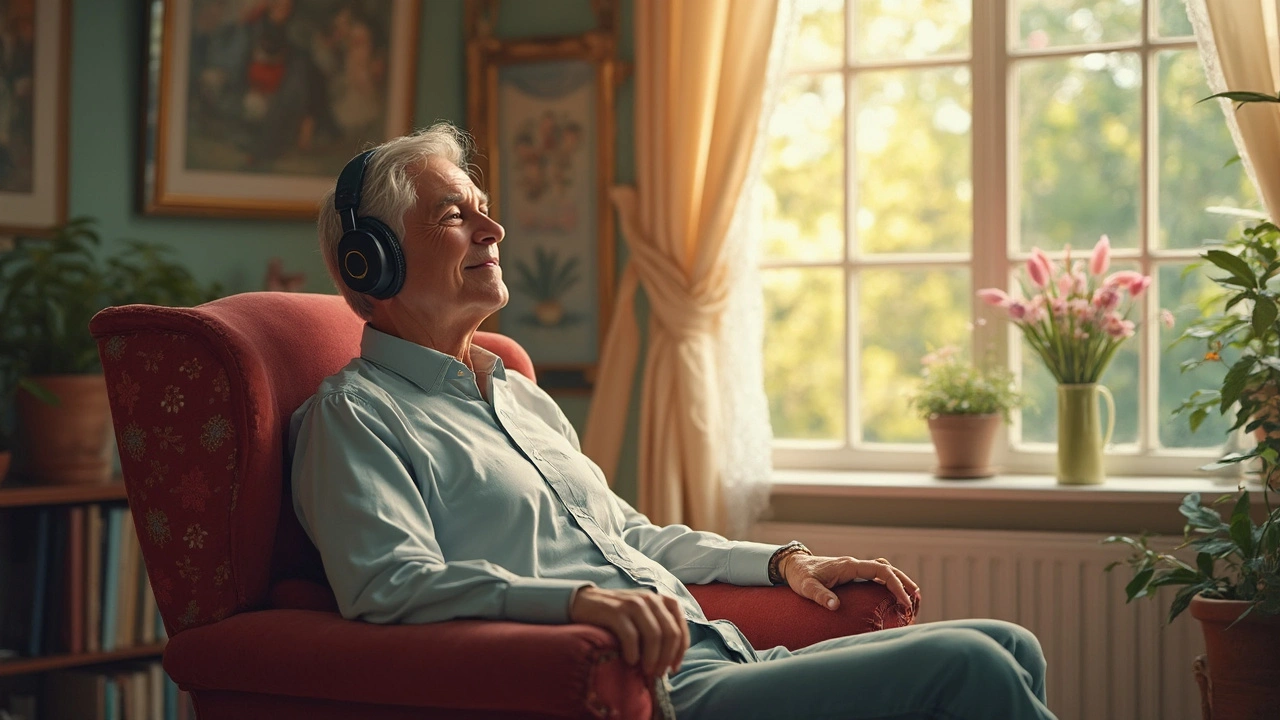Tinnitus, the persistent ringing in the ears, affects millions globally, making everyday life challenging. Many are turning to music therapy as a means of relief. This approach uses sound to soothe the mind, potentially reducing the stress associated with tinnitus. While not a cure, music therapy can be a valuable tool for managing symptoms and improving quality of life.
Hearing Health: Simple Ways to Keep Your Ears in Shape
Most of us take our hearing for granted until it starts acting up. Whether it’s ringing after a concert, muffled speech in a noisy room, or a gradual loss of clarity, the good news is that many problems are preventable or manageable with the right steps.
First, think of your ears like any other body part—they need protection, regular check‑ups, and healthy habits. Below are the everyday moves that make a real difference.
Spot the Warning Signs Early
When you notice any of these, it’s time to act:
- Constant ringing or buzzing (tinnitus) that doesn’t fade after a few hours.
- Having to turn up the TV or ask people to repeat themselves.
- Feeling pressure or pain after a flight or a dive.
- Sudden loss of hearing in one ear, especially after an infection or trauma.
These clues don’t always mean permanent damage, but catching them early lets you treat the cause before it worsens. A quick visit to an audiologist or ENT can pinpoint the issue and set a plan in motion.
Everyday Practices to Protect Your Hearing
Volume matters. The rule of thumb is the 60/60 guideline: keep volume below 60 % of the maximum and limit listening time to 60 minutes before taking a break. Noise‑cancelling headphones can help you enjoy music without cranking it up.
Use ear protection. When you’re at a concert, using earplugs—especially the kind that filter sound rather than block it—can cut harmful decibels by up to 30 %. Same goes for construction sites, lawn‑mowing, or any noisy hobby.
Keep ears dry. Water can trap bacteria, leading to infections that affect hearing. After swimming, tilt your head to let water drain, and consider using custom‑fit ear plugs for regular swimmers.
Watch out for ototoxic meds. Some prescription drugs, like certain antibiotics or chemotherapy agents, can damage the inner ear. If you’re on such meds, ask your doctor about hearing monitoring.
Maintain overall health. High blood pressure, diabetes, and cholesterol can affect blood flow to the inner ear. Regular check‑ups, a balanced diet, and exercise keep your auditory system fed with fresh blood.
If you already have a hearing issue, modern hearing aids are small, discreet, and far more effective than older models. Many connect directly to smartphones, letting you adjust settings on the fly. Some people also benefit from cochlear implants, a surgical option for severe loss.
For tinnitus, sound therapy—using white noise machines or specialized apps—can mask the ringing and make it less intrusive. Cognitive‑behavioral therapy (CBT) has also shown success in reducing the distress caused by persistent sounds.
Bottom line: protect your ears now, and you’ll thank yourself later. Simple habits, timely check‑ups, and the right tech can keep your hearing clear for years to come.

